Australia is one of the toughest places on Earth. The animals that inhabit it are built for the harsh environment they live in. While not all of these animals are dangerous, there is a handful that is best left alone.
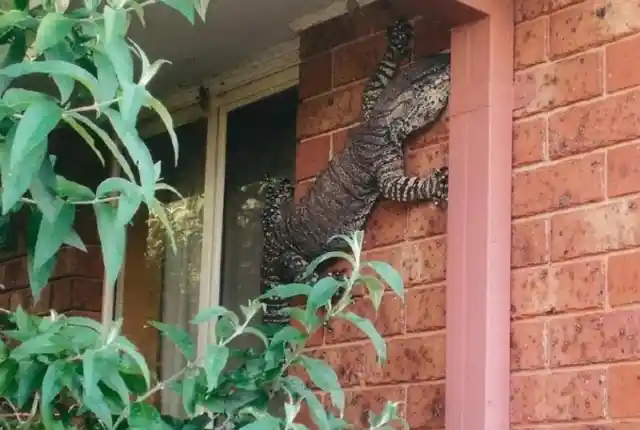
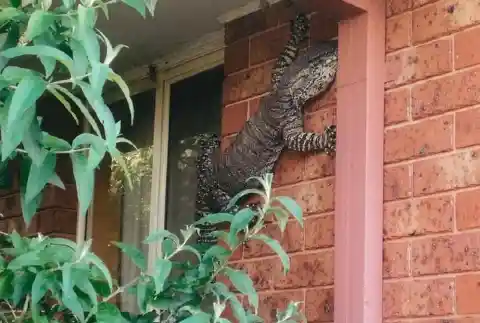
Here, we discern which of these Australian beasts have the most danger and why. Knowledge is power.
Great White Sharks
Great White Sharks are terrifying aquatic beasts that we are all familiar with. Thanks to things like “Shark Week” and “Jaws,” we are all well-acquainted with the lore that surrounds them. They are, according to movies and television, horribly vicious and blood-thirsty serial killers. It shouldn’t surprise you that this portrayal is a little bit off.
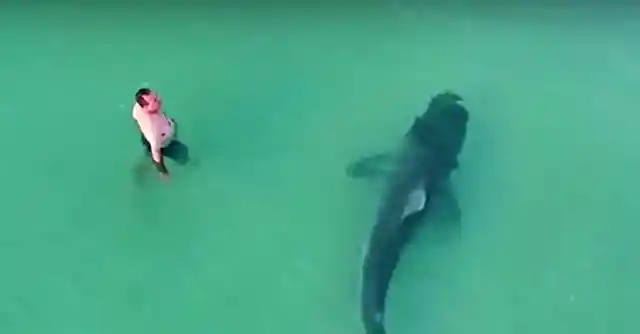
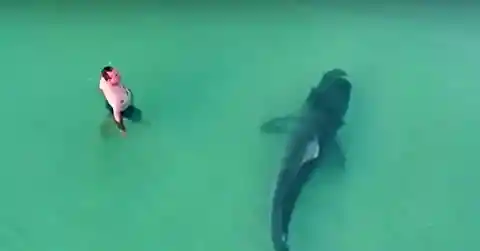
Rather than a thirst for blood, the white shark has a taste for seals. This is why it occasionally takes a bite of the surfer: from below, the shark’s terrible vision guides it into thinking that the shadowy surface is a nice blubbery seal. And so, it strikes. Still, however, despite its general innocuousness to humans, the shark is dangerous. Aptly, it can be found off Australian shores.
Brown Huntsman Spiders
The brown huntsman spider is unique among spiders. And why is this? Because they are unbelievably large. So large, in fact, that if you saw one, you would probably explode in fear. And, if that doesn’t happen, you will probably get bitten by one. Yikes.
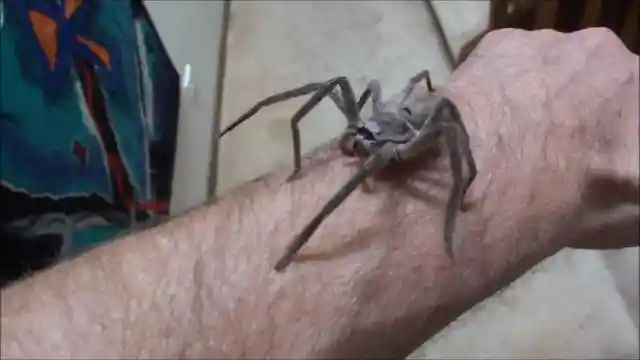
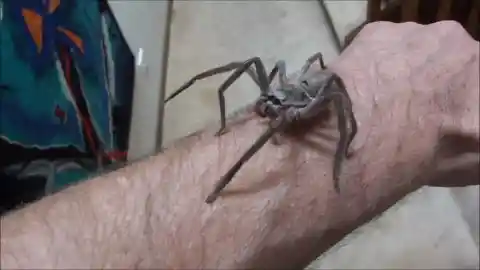
The spider measures around five inches in width. This is awful. The spider is not too poisonous, however. This is fortunate. But even given the spider’s lack of death-inducing poison, it is characteristically Australian in that it is unbelievably ugly and terrifying. We should empathize with the Australians that have to share a continent with them.
Crocodiles
Crocodiles are one of the easier-to-spot Australian critters. These things lurk in the depths of swamps and bayous, waiting for nearby animals to stop by for a drink. And once they dip their heads into the depths, snap! The crocodile lunges forward, snaps its jaws into the creature’s neck, and then bam, donezo, the thing is dead.
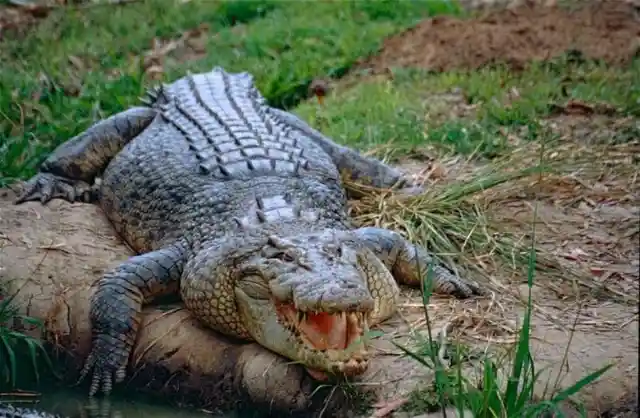
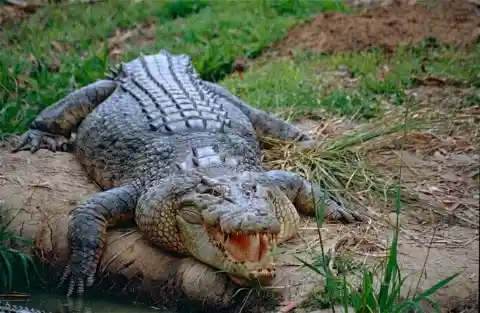
When traveling to Australia, you should definitely watch out for these guys. While you’ll likely know if you’re in their territory, you’ll want to keep an extra eye out for anything that appears to look like a log. That log might just have the urge to kill. And you could be the thing it’s after.
Thorny Dragons
The thorny dragon is one of the coolest-looking creatures around. And, fortunately, it doesn’t pose any immediate threat to humans. The only problem might be if you see one while driving recklessly down the freeway. The problem with this might be that the distraction from its coolness would make you crash and burn.
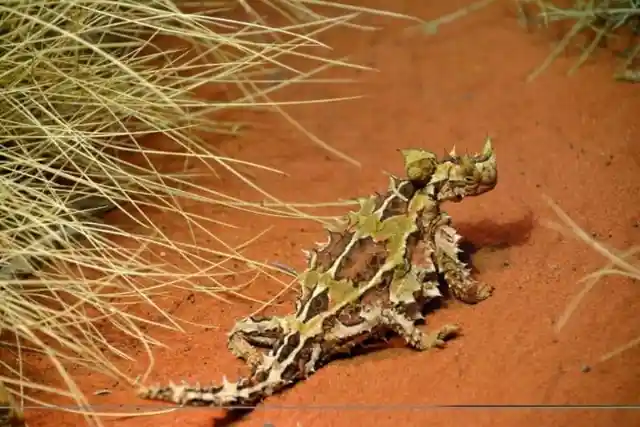
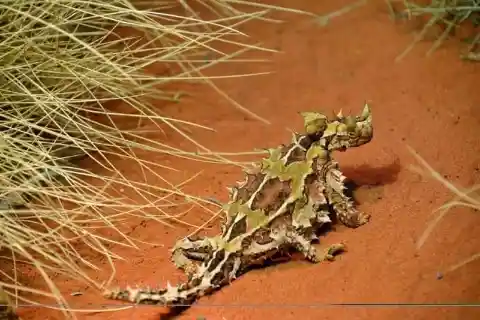
But other than that, the creature evolved these thorns to protect against predation. If you wanted to eat the thing, you would clearly encounter some problems. It’d be like trying to eat a pineapple without stripping it of its nasty barbs. Most of us, needless to say, are not fascinated by such an endeavor.
Box Jellyfish
You wouldn’t think that anything with “box” in its name would be so horrifyingly deadly. Unfortunately, this tends to be the case. The box jellyfish, found off Australian shorelines, is one of the most deadly creatures of the sea. And why, exactly, is this? Well, because the darned thing is so poisonous.
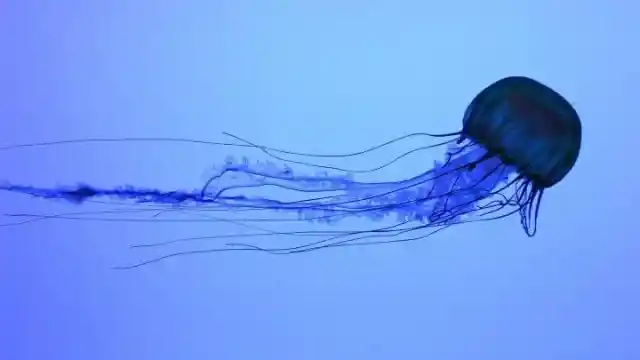
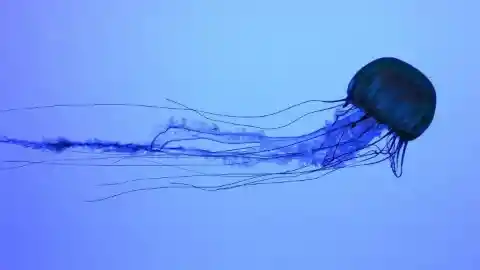
One sting from the tiny box jellyfish is enough to render you almost immediately paralyzed. And, in case you were unaware, being paralyzed in the water is far from preferable. Once you lose control of your limbs, drowning becomes an impending fear. And so, this is a strong reason to try and avoid open waters without diving suits.
Kangaroos
Most people think that kangaroos are cute and fun. Most people are wrong. Kangaroos are not only un-fun, they are freakin’ dangerous. Sometimes they square up like a professional boxer, trying to take out both you and your peers. And you know what they say about getting into a fight with a kangaroo? Don’t do it.
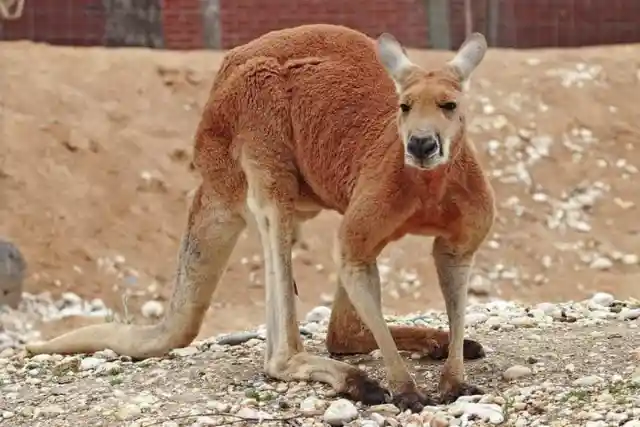
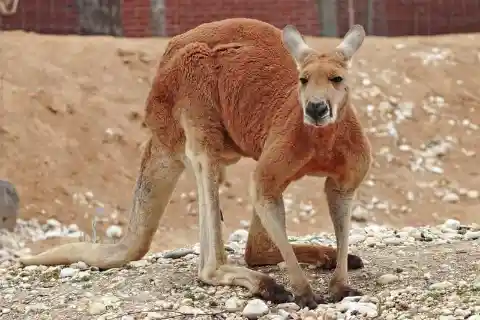
The kangaroo, unlike other marsupials of Australia, is built to kick. They can use their tails to balance as they do so. This makes them horribly adept adversaries. Since we don’t want to be on the other end of these kicks, it’s best to stay out of the kangaroo’s way. And because of that, they have made our list.
Cassowaries
The cassowary is very similar to an ostrich. They are similarly of the ratite family, which includes ostriches and the now-extinct moa bird. You can find them on the Australian continent as well as a few of the Indonesian islands just a bit north. They are, let’s just say, dangerous.

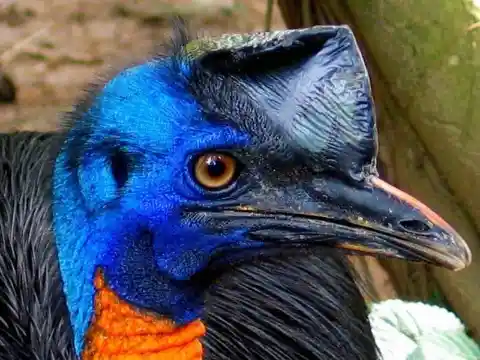
You can tell the bird provides nothing but a bad time just by looking at its face. It’s blue, it’s red, it’s saddled with a neck that makes you feel nothing but pure, exquisite fear. One of the more terrifying features of this bird is its claws. These razor-sharp talons are enough to rip you open and eat your innards. We don’t want this. No thanks, Australia.
Brown Snakes
The brown snake is a family of snakes that exists in abundance in Australia. They also have an abundance of terrible poison. One of the more common of these snakes is the eastern brown snake. Considered the second deadliest land snake, it would not be a challenge for this snake to paralyze you and leave you dead. No good.
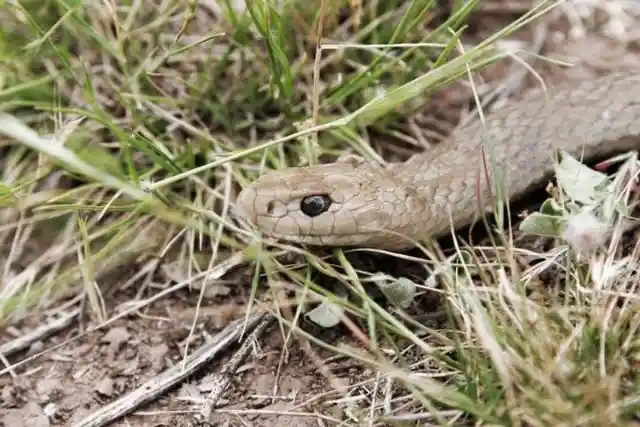
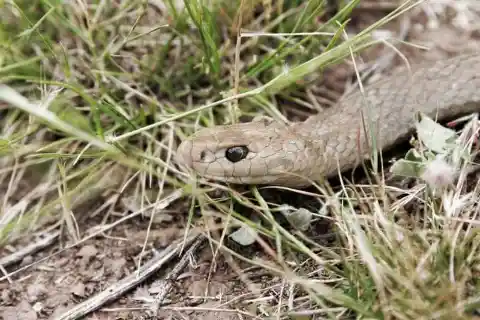
You’ll find this deadly snake, as you probably could’ve guessed, all along the eastern coast of Australia. And guess what? Many of the most popular tourist destinations are along the east coast. If your plan is to venture to Australia for a fun vacation, then, you might want to keep an eye toward the ground.
Redback Spiders
The redback spider is essentially Australia’s version of a black widow spider. But, as with anything from Australia, it is a thousand times worse. Why? Because its hourglass is on the top! Gah! In reality, a bite from the horrid beast might not kill you. Among the things that it will do is induce a whole lot of pain and nausea.
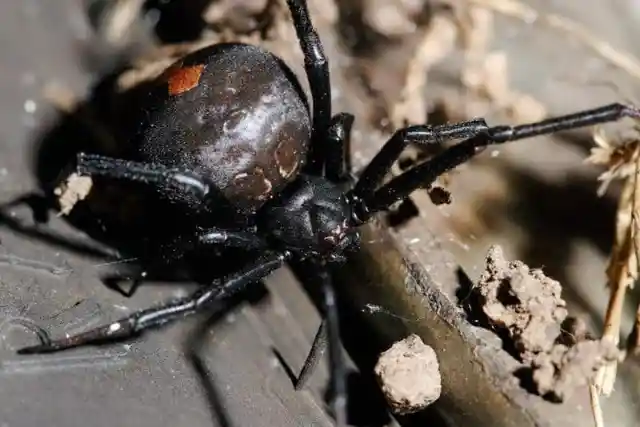
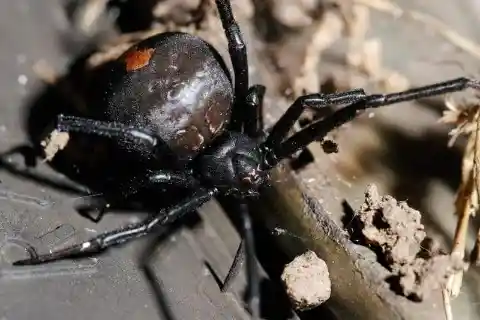
Given that most of us don’t like these things, we should try to avoid the spider. This doesn’t necessarily imply that we should avoid the Australian continent—far from it. Instead, if we visit the country, we should come equipped with a flamethrower. Anytime we see the spider, we could just break it out and get shooting.
The Taipan
The taipan is another of Australia’s many poisonous snakes. So with that, it is in line with Australia’s generally terrible nature. But other than that, it is fast and large and very venomous. They are so venomous, in fact, that they beat out the Australian brown snake.
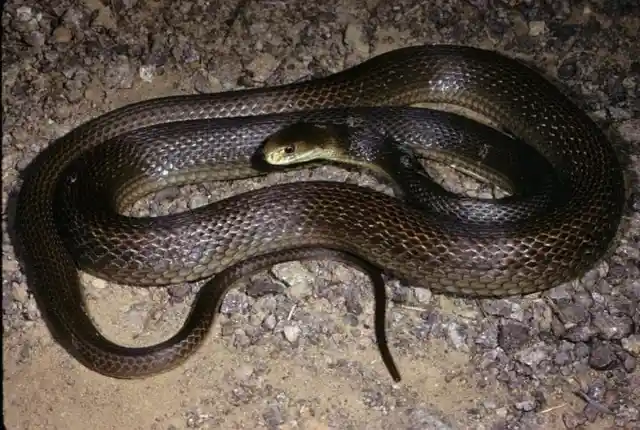
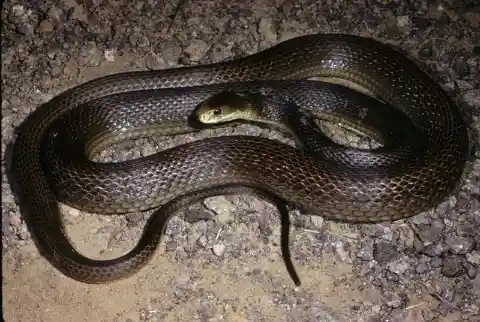
You should fear the taipan. Coastal versions, which differ from the inland versions, are also poisonous. While they aren’t as poisonous, they are poisonous enough to kill. Fortunately, people have invented anti-venoms for the horrible bites. While this does save the Aussie from potential death, it doesn’t save them from the thousands of other death-inducing things that live on the continent.
The Blue-Ringed Octopus
The blue-ringed octopus is one of the most beautiful cephalopods around. But, since we know the thing lives in Australia, we can assume a few things about it. And what’s the most salient of these things? You guessed it: it’s extremely deadly. So deadly, in fact, that a sting from this guy could send you into a feverish spiral toward death.
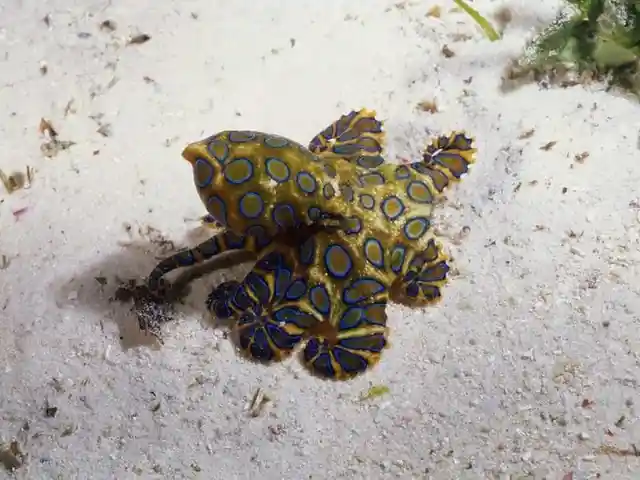
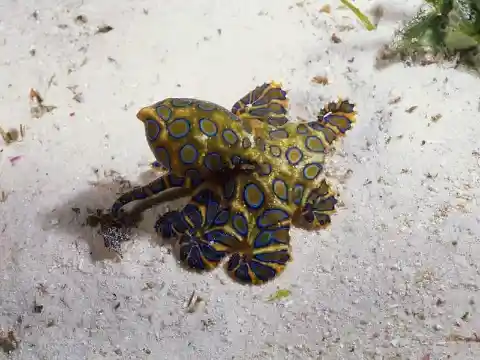
The blue-ringed octopus has been called “the most venomous animal.” It only makes sense that it would make its home in Australia. The way the little beast kills you is through the toxins in its bite. This is the same toxin, tetrodotoxin, that is released from the pufferfish. The octopus, let’s just say, has looks that kill.
Irukandji Jellyfish
Another of the terrible jellyfish of the Australian waters is the Irukandji jellyfish. This jelly is unbelievably small—about a cubic centimeter in size. Because of this, the jellyfish is extremely dangerous. It’s like trying to avoid an invisible army of pennies. Oh, and these pennies can kill you by the faintest touch.
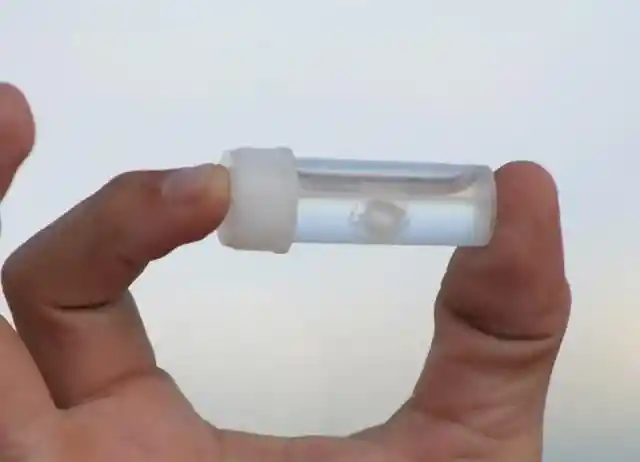
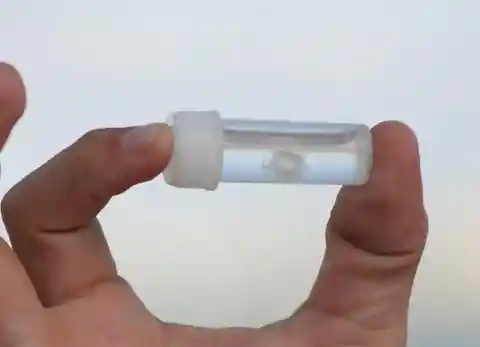
What’s worse is that the actual tentacles of the thing stretch about a meter in length. That is substantially longer than the rest of the body. That is something you will want to avoid. Apparently the venom can last in your system for weeks. Ugh. Australia has quite the long list of plights to deal with. This jellyfish is just one of many.
Echidnas
The echidna is not exactly deadly; it’s just full of so many prickly bits that you couldn’t give it the hug it so desperately wants. If you wanted to cuddle with this gnarly Australian beast, you’d likely have to find one in baby form. And to do that, you’d likely have to find one of their nests.
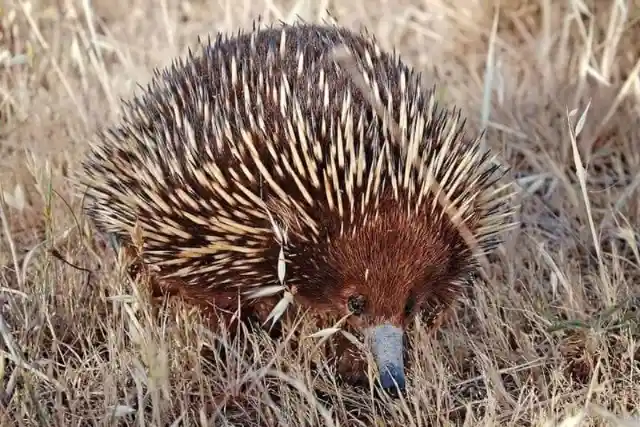
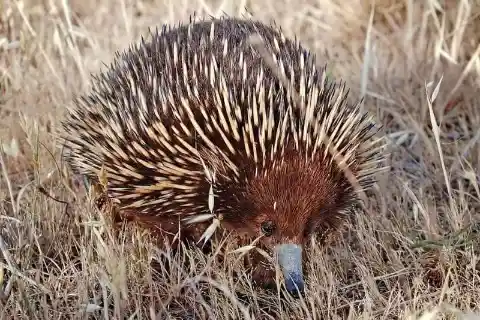
And to do that, you would likely have to go outside, which, in Australia, we know increases your chances of dying by 200 percent. Either way, these echidna show the type of defenses you must evolve if you’re trying to survive in the Australian outback. In order to stave off potential foes, you need to let them know that you are not interested in their predatory assertions.
The Platypus
The platypus is a mastery of deception. On the outside, it looks like your furry run-of-the-mill marsupial. However, upon closer inspection, you realize that it’s a poisonous fiend hellbent on worldwide destruction. The thing comes generously bundled with toxins that can kill a full-grown adult male. This isn’t, in other words, a marsupial you would want to tangle with.
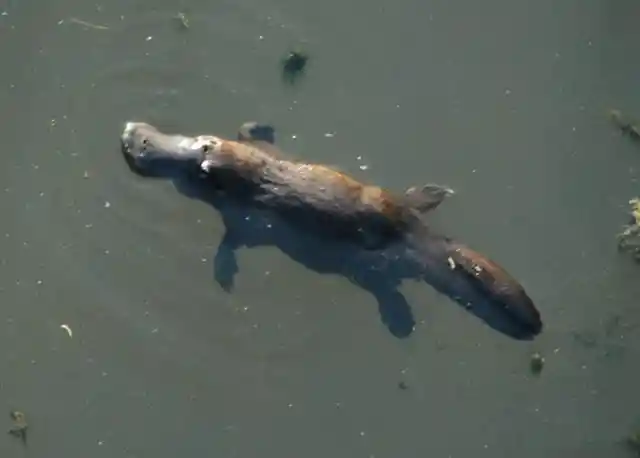
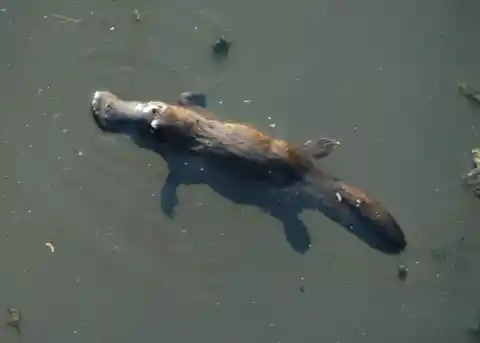
The platypus lays its eggs, wades through the water, then waits for the kill. Its bill enables it to ensnare its prey in the most ducky way possible. This is, if you ask us, one of the worst ways to go. While a bear might tear through your flesh with claws and teeth, the platypus will not only instill death but embarrassment.
Stonefish
Stonefish, as you might expect, look like stones. They look so much like stones, in fact, that people often step on them. As one of the most venomous fish in the world, such a misstep would have, let’s just say, some horrible side effects. And, characteristically, this thing lives in the Land Down Under.
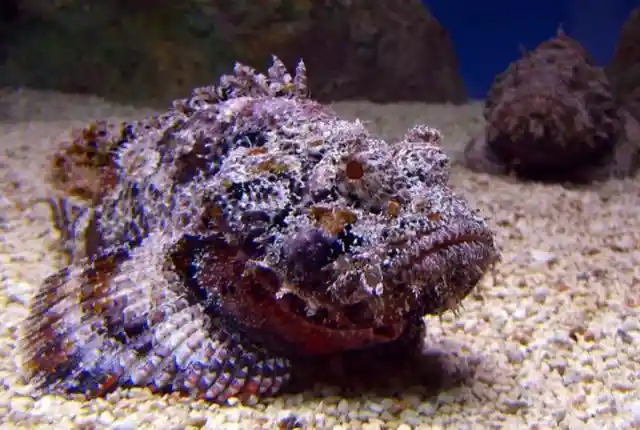
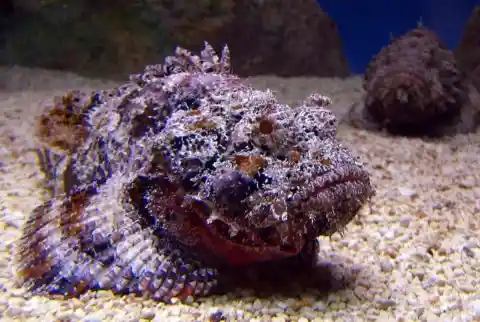
The way in which the stonefish stings you is through the spines in its back. Once these spines penetrate the skin, they release toxins that seep into the affected tissue and bloodstream. After the stuff spreads, you are in trouble. So much trouble, in fact, that you might want to immediately call for help.
Wombats
Wombats are, again, deceptively cute. They have tiny eyeballs, a furry coat, and a friendly demeanor that says “cuddle me.” Yet, when you delve more deeply into their habits and disposition, you realize they are one of the most deadly beasts on planet Earth. They are more dangerous than the tyrannosaurus, ichthyosaurus, and allosaurus combined.
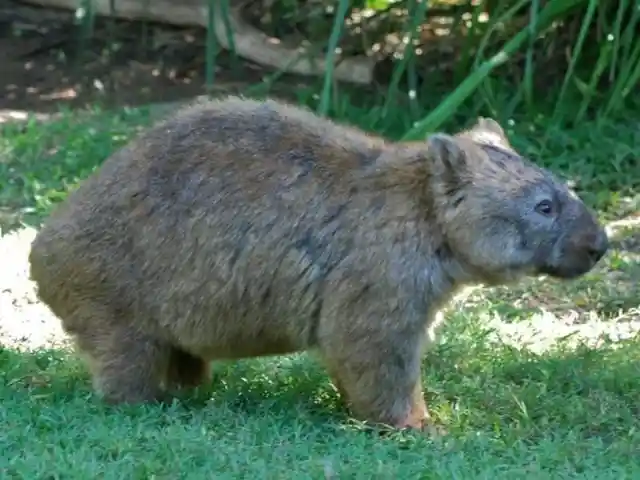
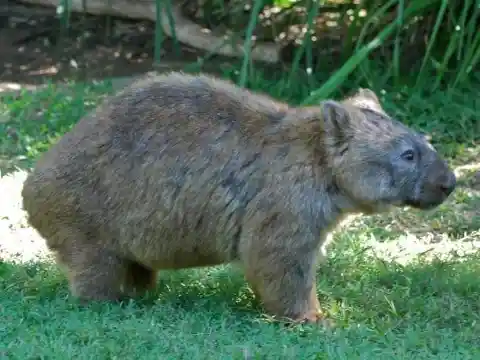
Okay, this is slight hyperbole. The things are, relative to most other Australian critters, not all that bad. They won’t bite you with their horrible bills or inject you with their terrible poison. All they’ll do is maul you with their terrible little claws. Given that is not how you would like to spend your Tuesday afternoon, you should probably steer clear of these furry bad boys.
Koalas
The koala is deadly not because of any poison or toxin, but instead because of its deception. No, it won’t steal your wallet and pilfer your identity. Instead, it will trick you into thinking it is cute and cuddly, when it is anything but. It is one of the thousands of things that plague the Australian existence.
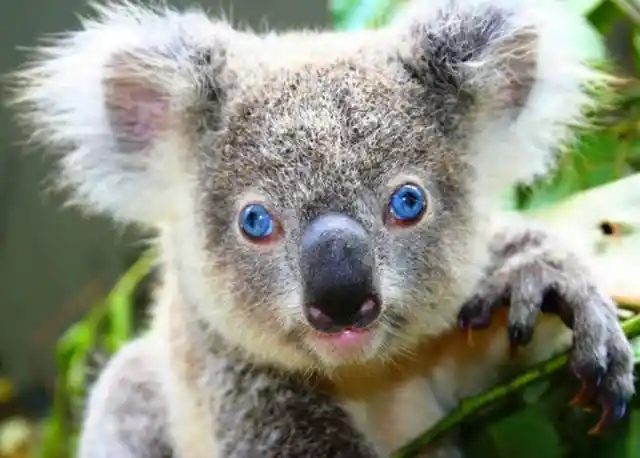
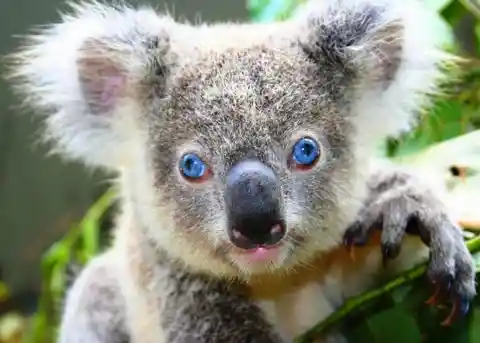
Other reasons to look out for these koalas is that they are arboreal. They can, in other words, attack you from above. And if there’s anything we know about warfare, it’s that those who attack from above are exceptionally advantaged. If we want to get a leg up on these guys, we’ll have to take to the trees. Unfortunately, the trees are full of other dangerous things, like snakes. Ugh.
The Macrotis
The macrotis is a species of Australian marsupial that looks cute as can be. It kind of looks like a mix between a rat and a bunny. It’s got big ears, a rat-like face, and a coat of fur that suggests it likes to keep itself warm—an odd trait considering that it lives on a continent that is almost entirely desert.
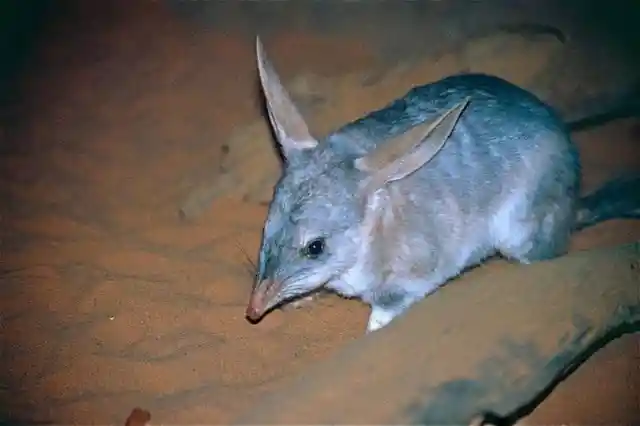
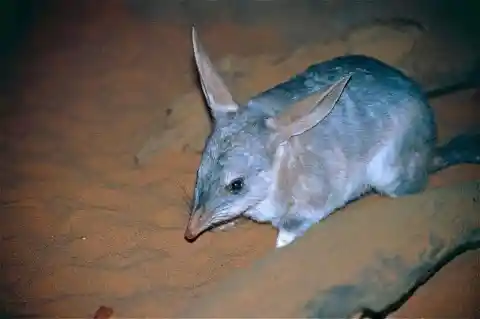
The most salient fact about the macrotis is its ears. These likely evolved their dopey shape as a way to hear incoming predators. The frequencies of sound in the environment funnel into their ears, which they subsequently use to understand the direction of the sound. And with this, they are better able to detect the location of predators.
Cane Toads
The cane toad is not indigenous to the Australian continent. They were brought in to help control the destructive cane beetle population. Unfortunately, they quickly became a horribly invasive and destructive species. Now they are thriving, much to the detriment of other species in the area.
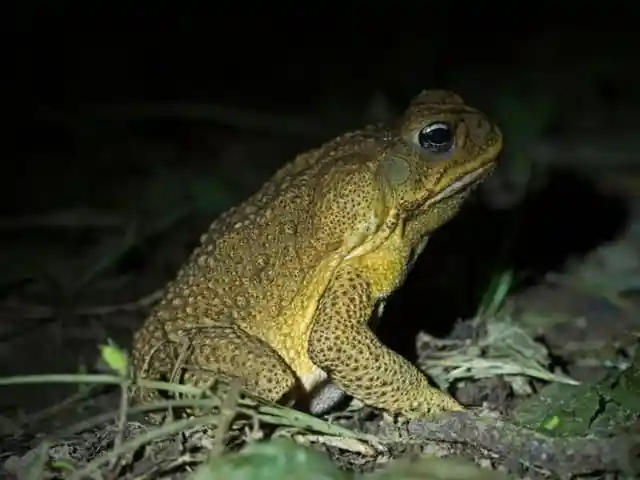
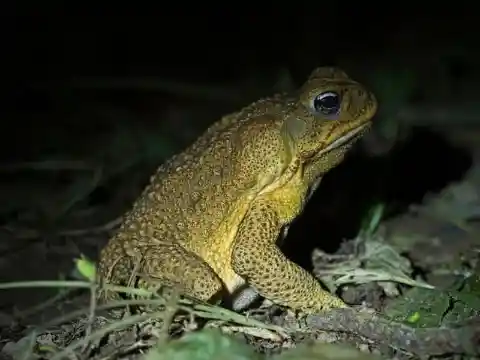
The cane toad is horribly poisonous. Introduced to Australia in 1935, they immediately became a pestilence. We even have them here in the United States, wreaking havoc and all. It is of paramount importance that we attempt to remove the cane toad from the Australian habitat. But to know how to do this is quite the problem.
Wallabies
Wallabies are another species of kangaroo that exist in Australia. And, like the general kangaroos we discussed earlier, these bad boys are primed to kick their way into supremacy. So, with that, we know that upon first sight we should avoid them, as it were, like the plague.
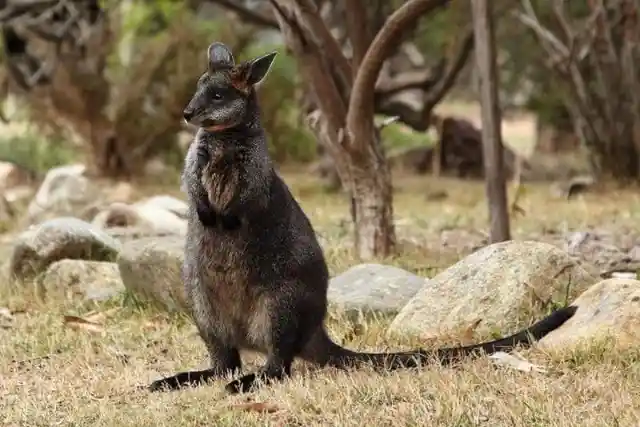
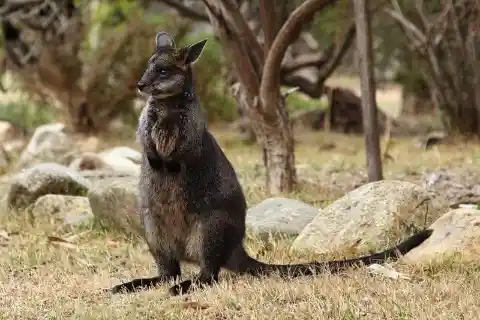
Despite the animal’s status as the smallest species of kangaroo, we know that the things are still capable of pure, unrelenting terror. Unfortunately, the species is endangered because people hunt them for meat. They should stop that. Hunting any animal into extinction is a terrible thing, and the wallaby is no exception.
The Sugar Glider
The sugar glider is one of the most terrifying marsupials in existence. This is mostly because of its ability to glide through the air. And, despite the thing’s name, the sugar glider is all but sweet. Some people own these things as pets, only to later find out that the flying squirrel-like creatures have the unfortunate tendency of attacking them.
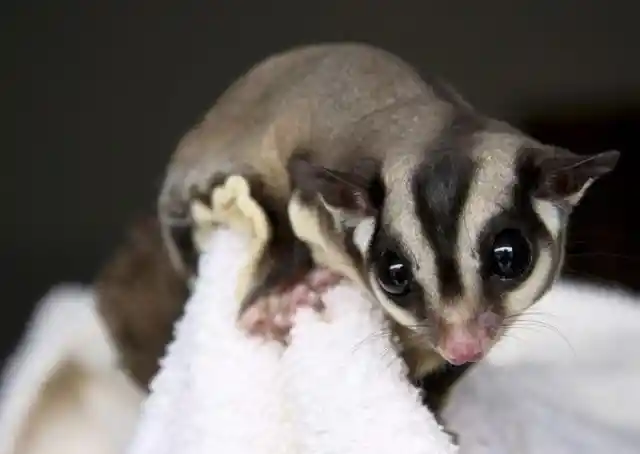
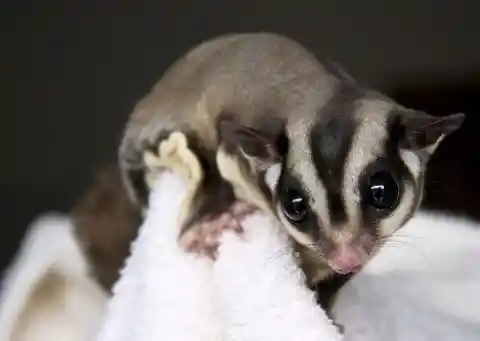
Several reports have surfaced from owners complaining about the animal flying into their heads and attacking them when they least expected it. Typical of an Australian fauna species. What’s more, the thing is nocturnal. This means that while you’re sleeping, it can plot against you. This is bad. You should get a leg up by planning when they’re asleep.
The Tiger Quoll
The tiger quoll is so named because of its spotty appearance. Fortunately, it doesn’t have the same bone-crushing jaws or flesh-tearing claws as a tiger. It is, instead, only a small marsupial. Still, however, the thing is from Australia—i.e., we should be suspicious of its intentions. Anything from Australia is likely to kill and kill again.
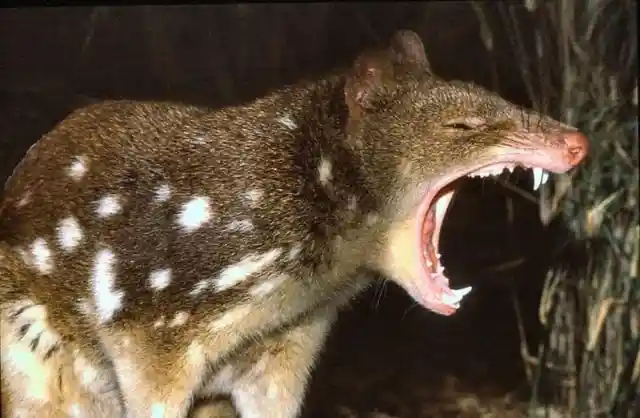
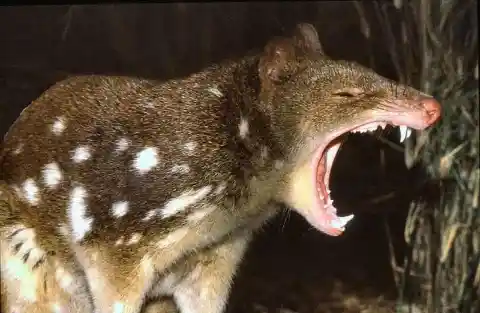
The tiger quoll is a carnivorous beast, killing other small marsupials in Australia and Tasmania—its local habitats. Thankfully, you are not one of these. You can thank the past 200 or so million years of evolution for this. Had you gone some other evolutionary route, separating along with those of Australia, you might have to consider this thing your foe.
Funnel Web Spiders
Funnel web spiders are awful. They are poisonous. They live beneath the ground. They are uncomfortably large. All around, they are awful little creatures. It makes sense, then, that they live in Australia. In Sydney, for instance, you can find yourself a couple of these spiders. You probably wouldn’t want to, but you could.
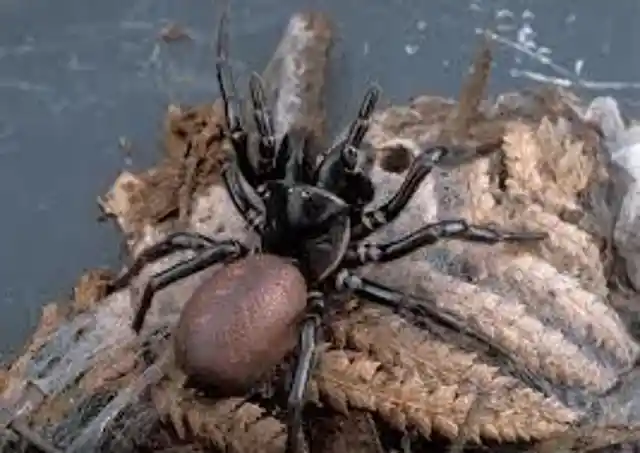
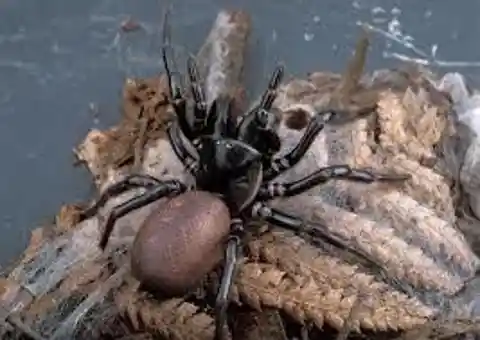
The funnel web spider is one of those that isn’t cute and cuddly like the ogre-faced spider, but horrible and wicked and all of those other pejoratives only employed to describe the worst existing things. You’ll want to check your swimming pool, then, because these eight-legged beasts have an affinity for water.
Tasmanian Devils
Most things with “devil” in the name are bad. The Tasmanian devil, local to both Tasmania and Australia, is no exception. The wombat-looking creature is often a nuisance. It is known for having one of the strongest jaws around for an animal of its size. This should intimidate you if you ever anticipate making your way to the southern island of Tasmania.
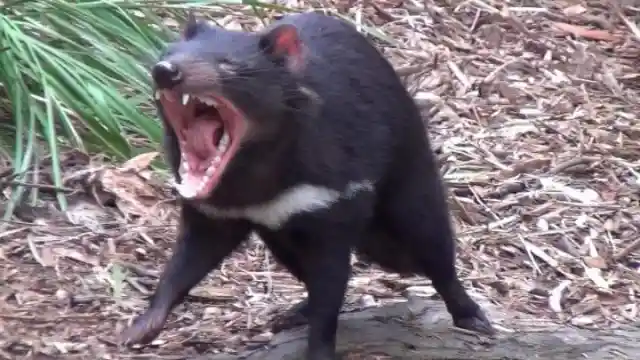
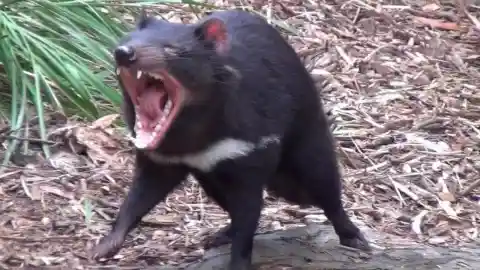
Another reason you’ll want to avoid the creature is that it’s probably carrying a bunch of diseases. This is true of many feral creatures. And since these diseases are often uncongenial to humans, you’ll want to avoid them like the plague. Given that these might be carrying the plague, the phrase makes sense.
Dingoes
The dingo is one of the most notorious creatures on Earth. Known for sneaking into people’s houses while they’re out grocery shopping, and eating their children whole, the things are especially dangerous. They are kind of like a fox that has a penchant for death, destruction, and mayhem. Given that Australia is a democracy, this is problematic.
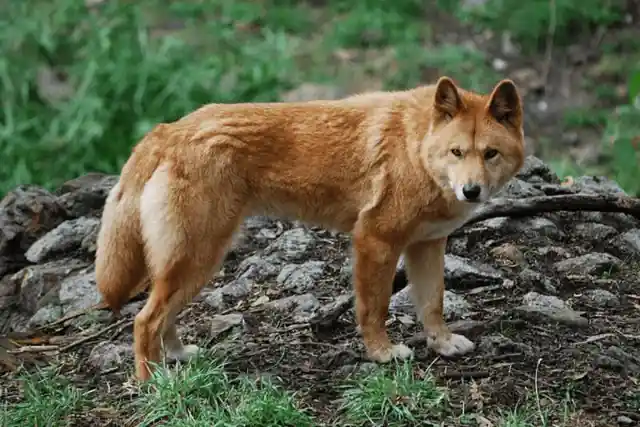
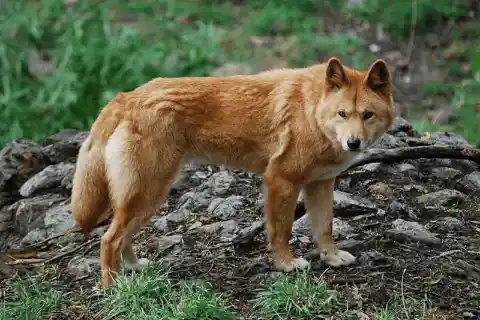
The dingo is one of Australia’s wild dogs. Most often, you will find them roaming the desert looking for snacks. Unfortunately, the dingo is also going into extinction. This horrible fact should be a priority for those in Australia to remedy. The cute little dogs should not have their species ended so terribly. Hopefully we can save the dingo.